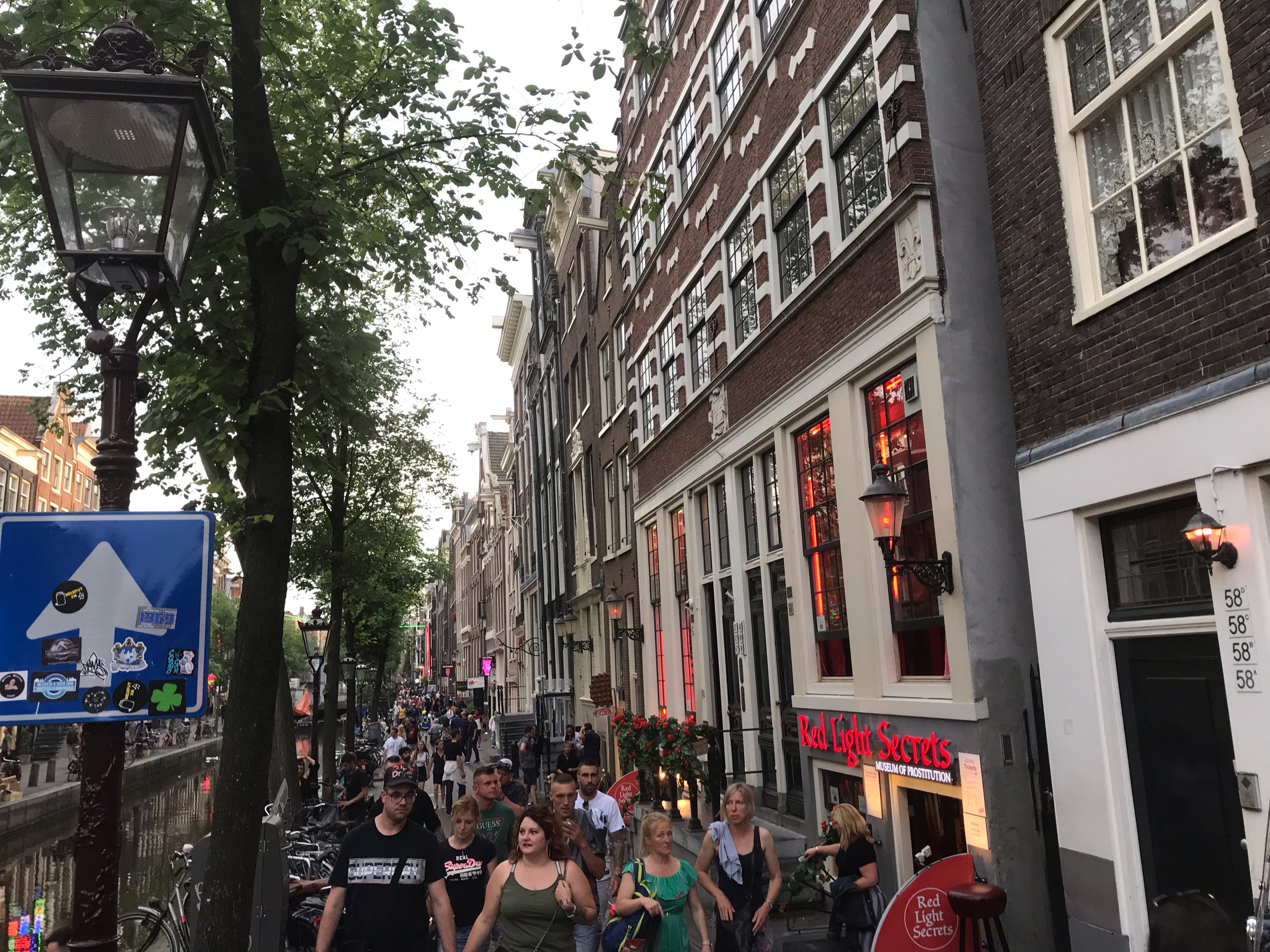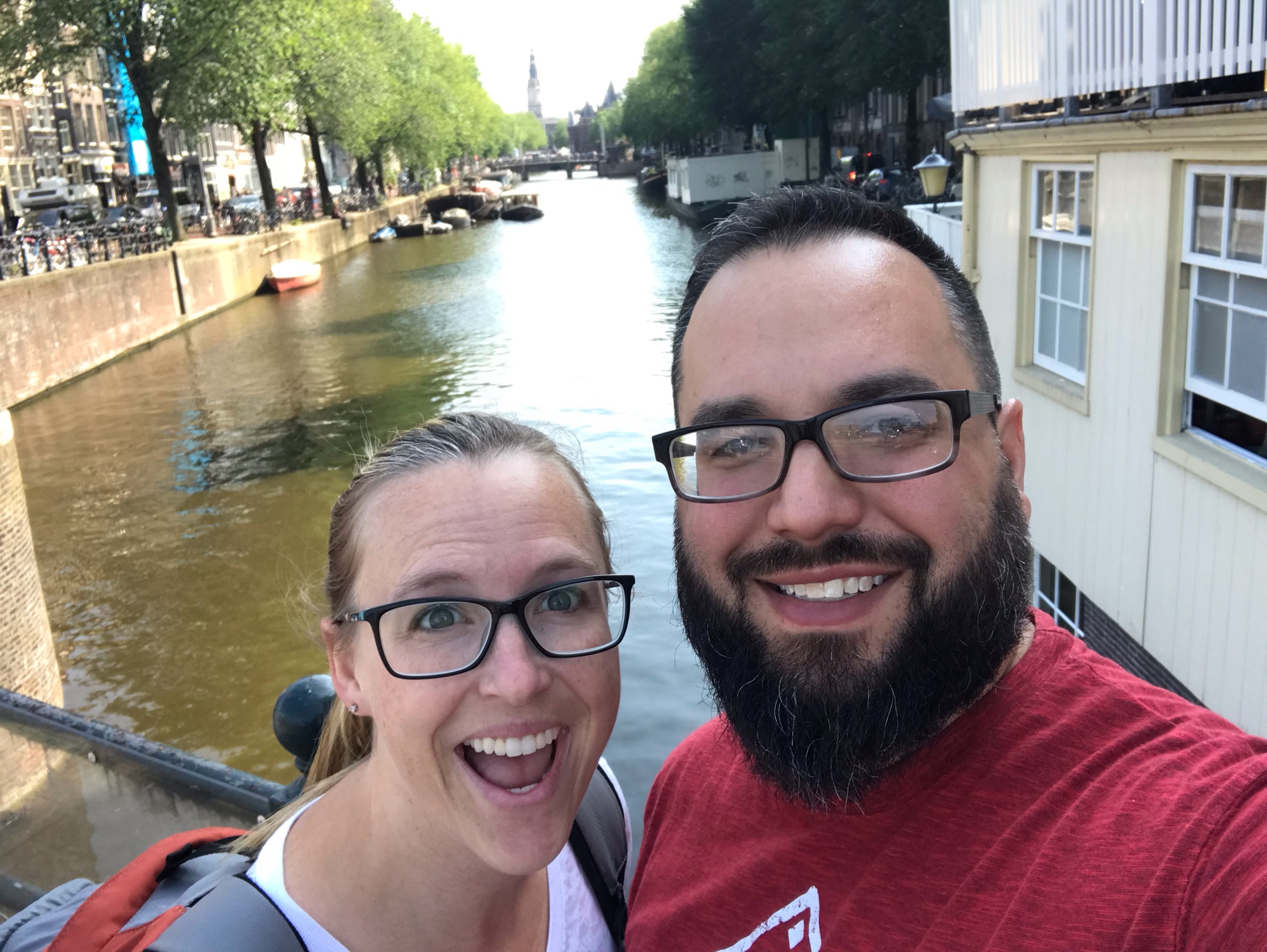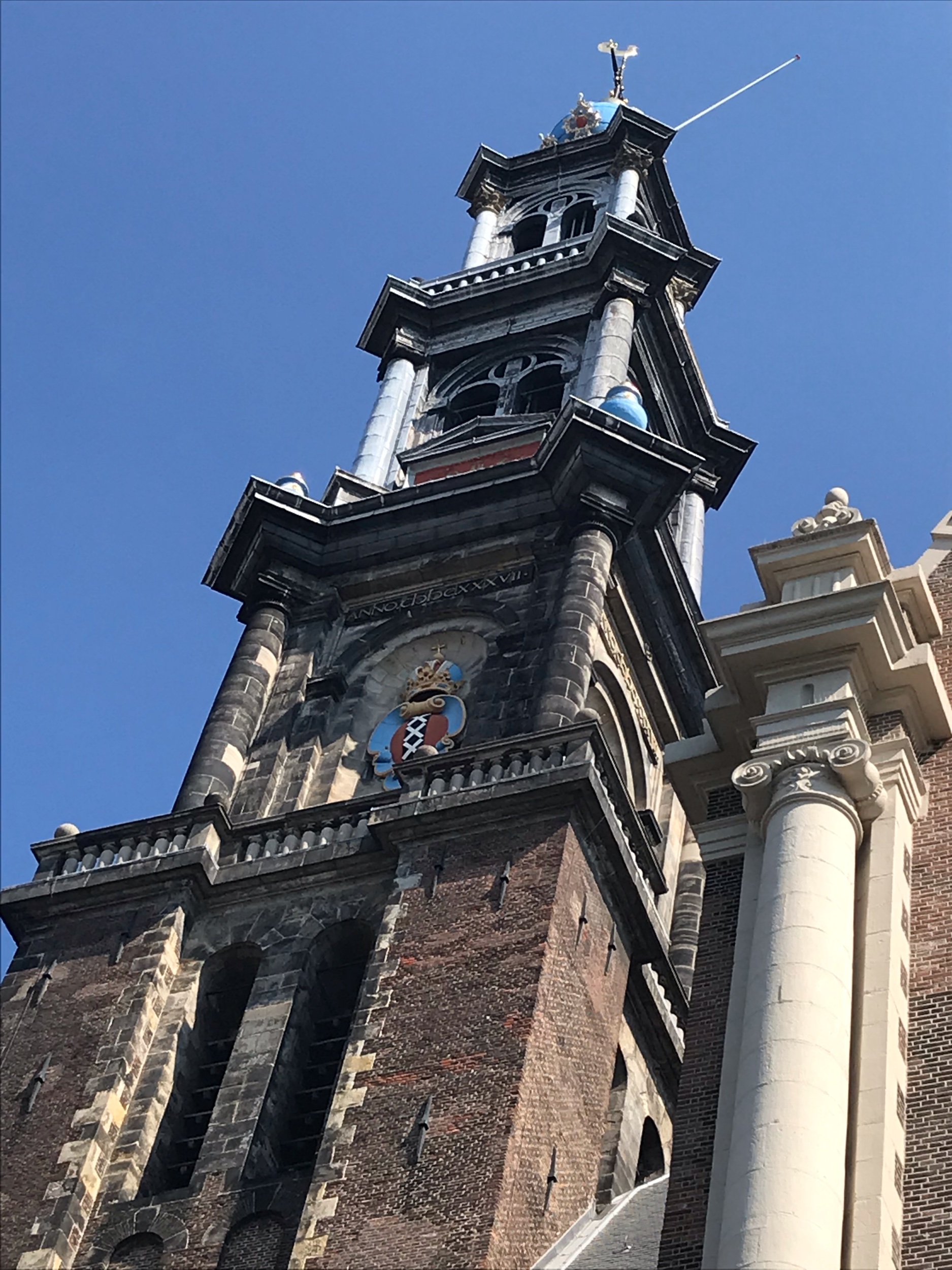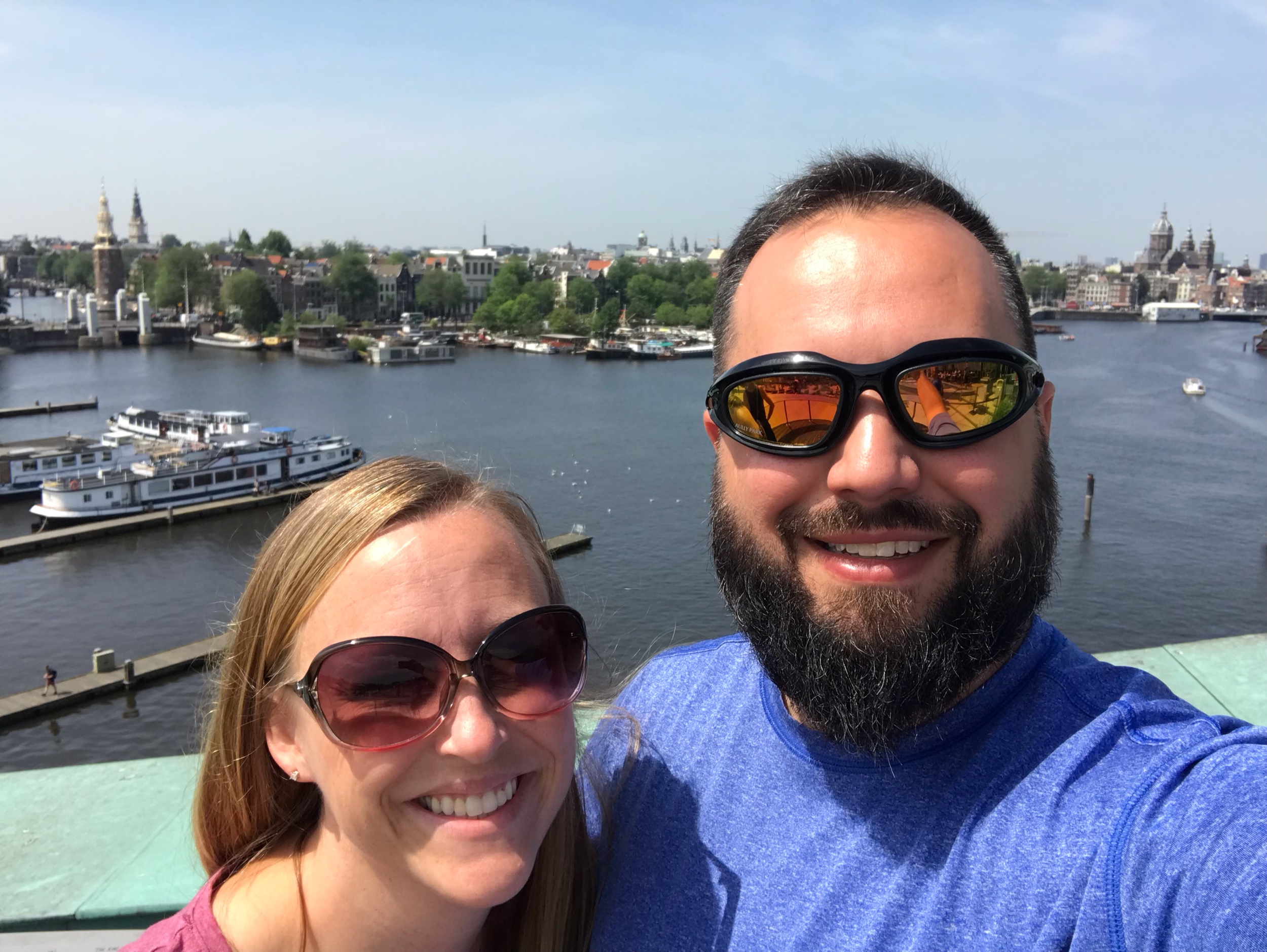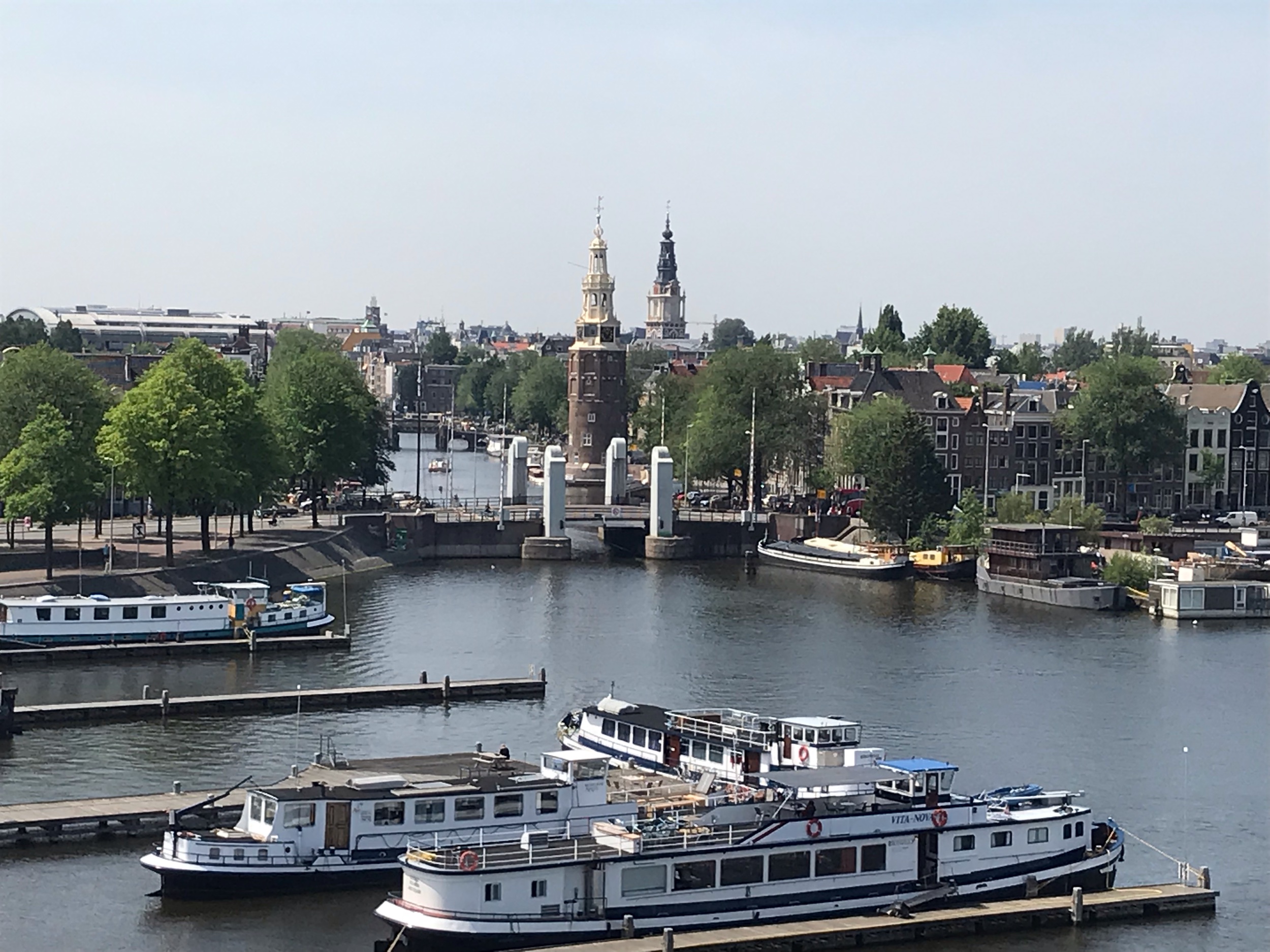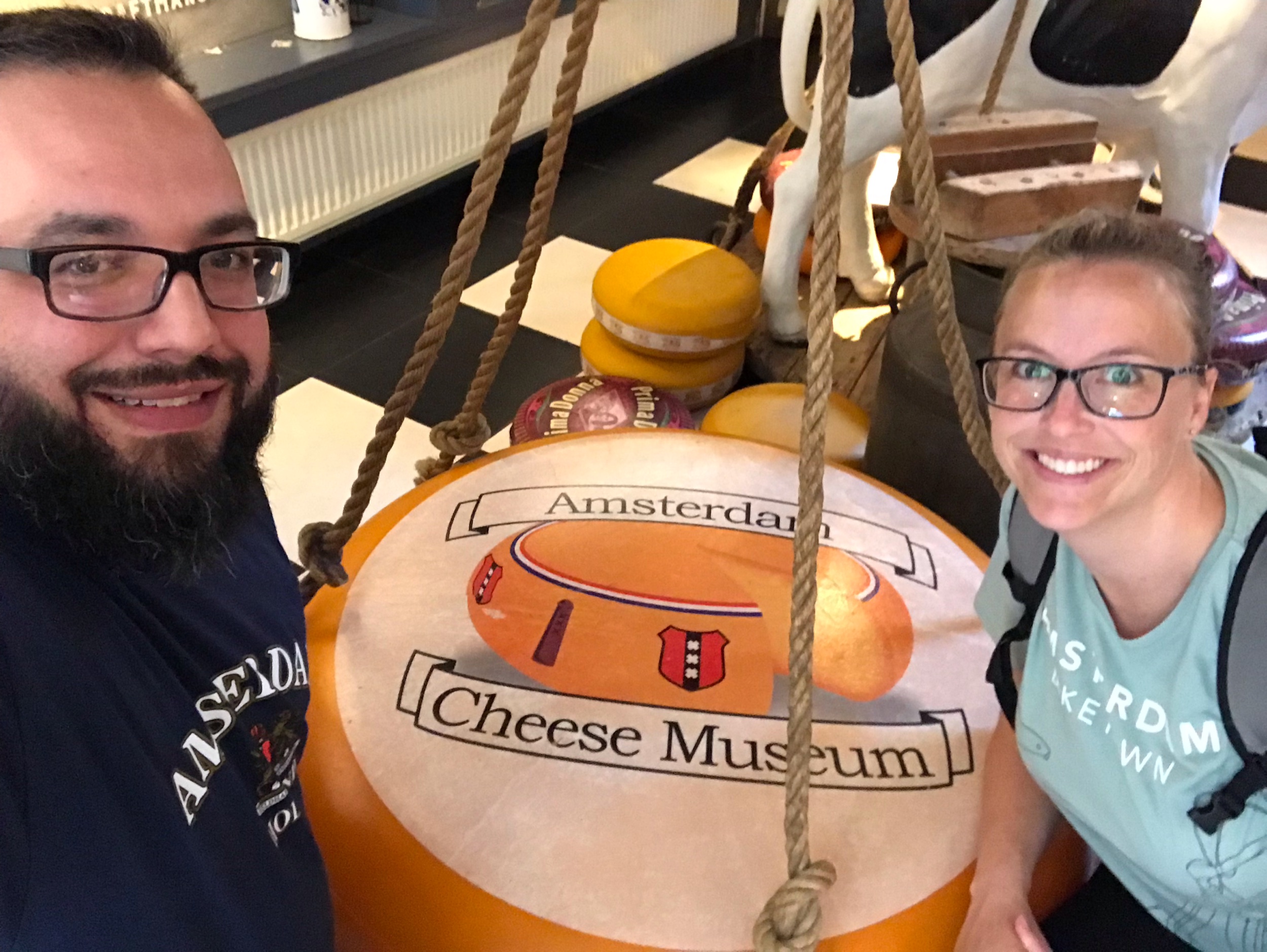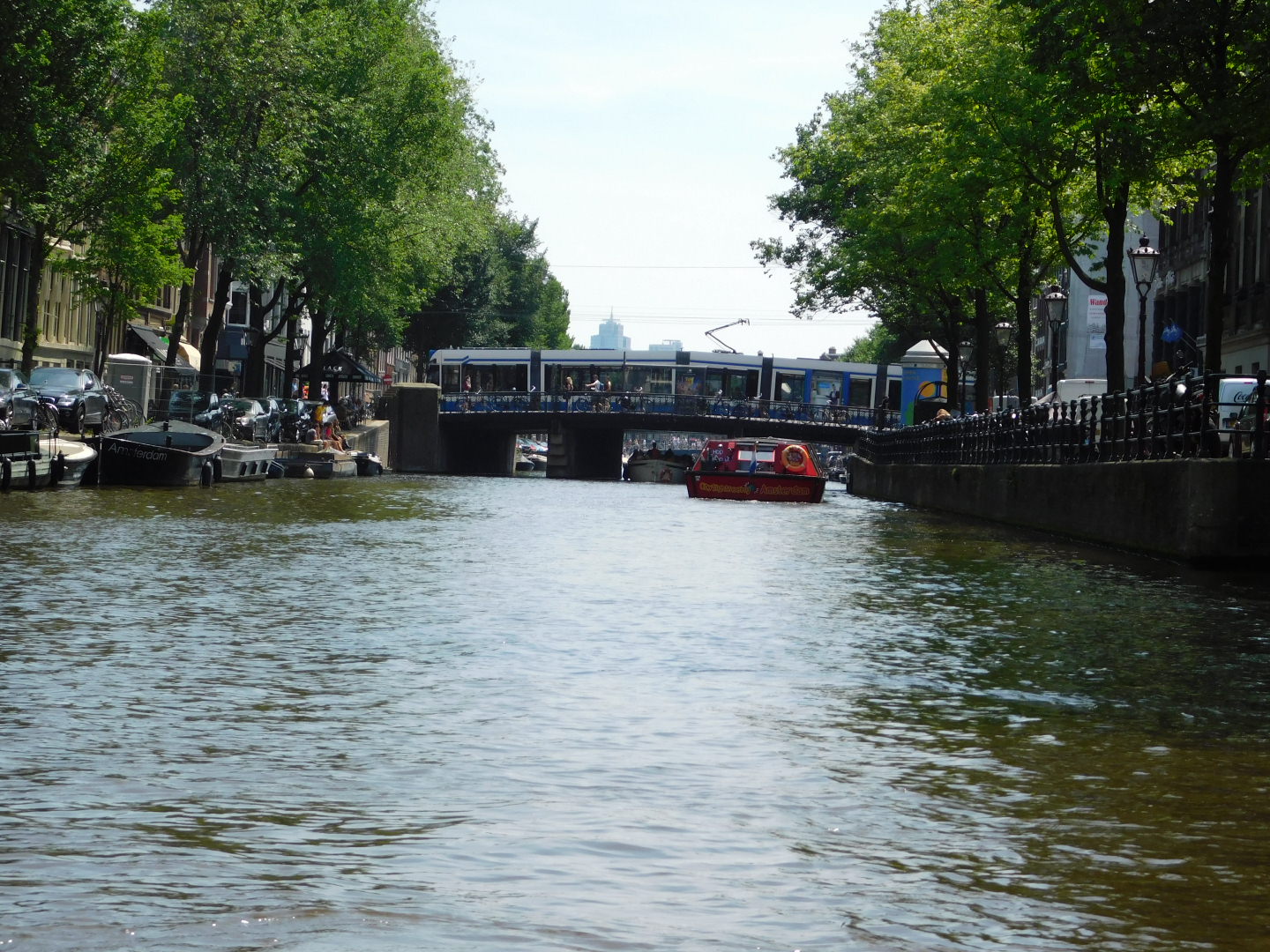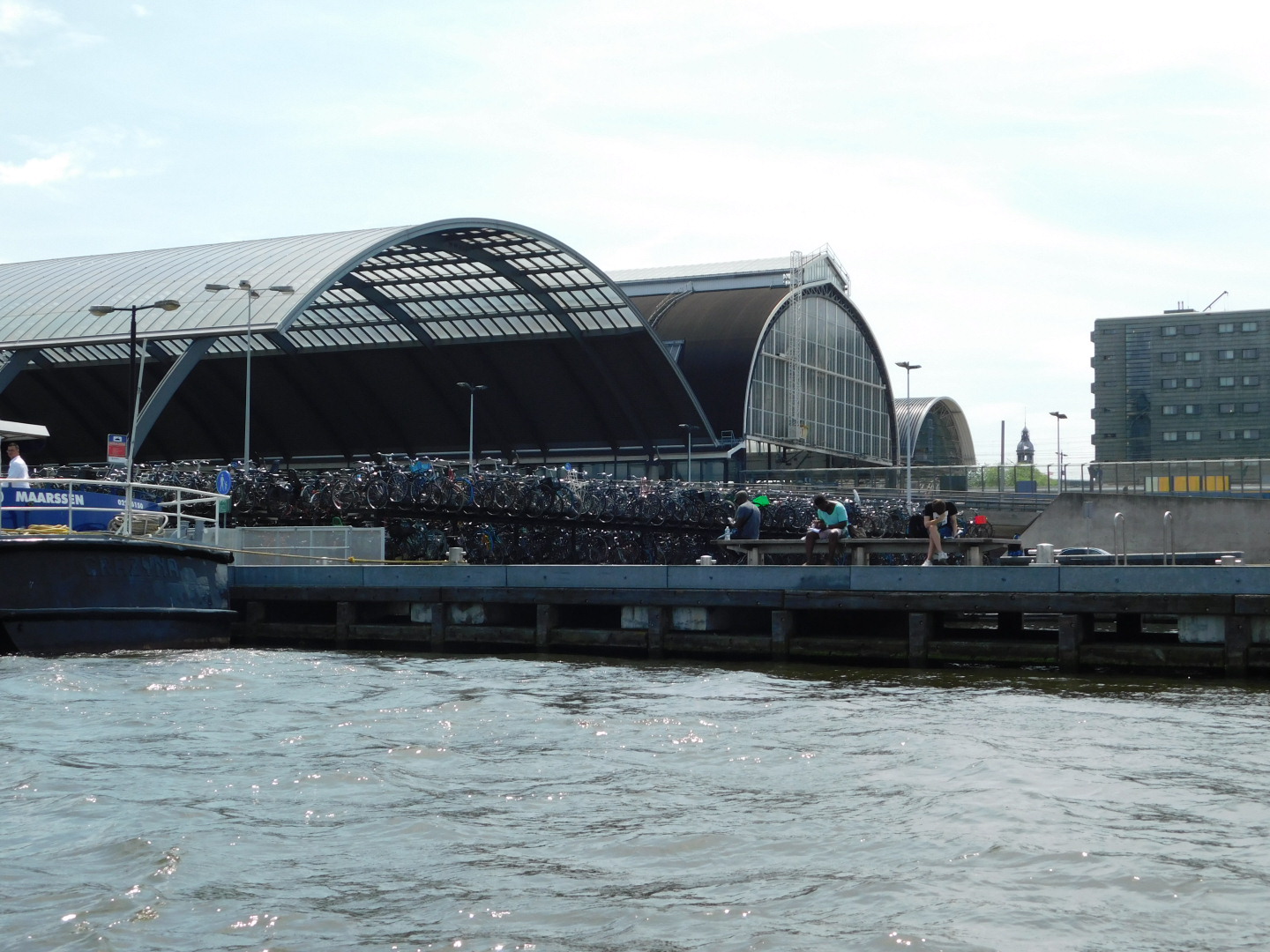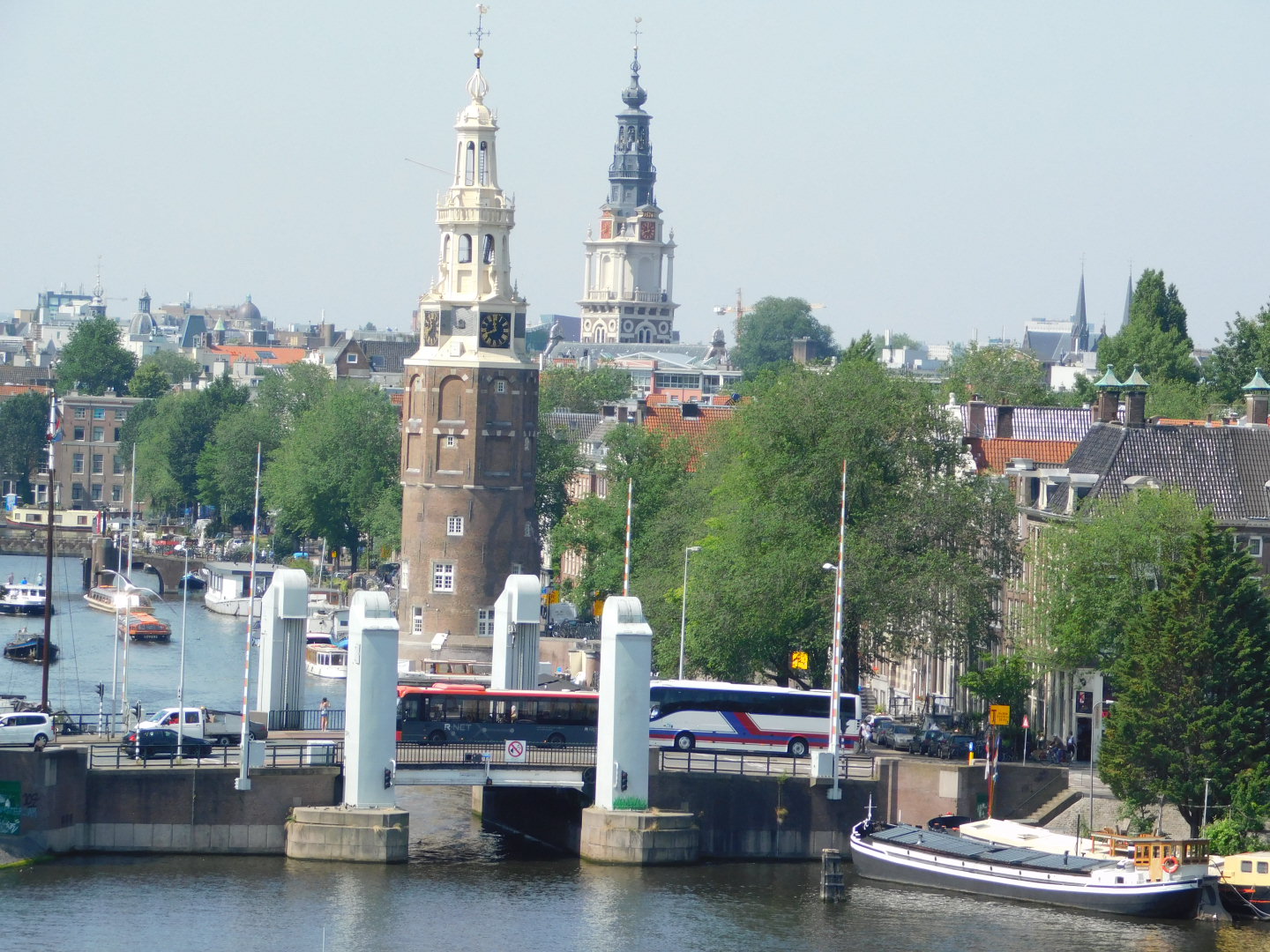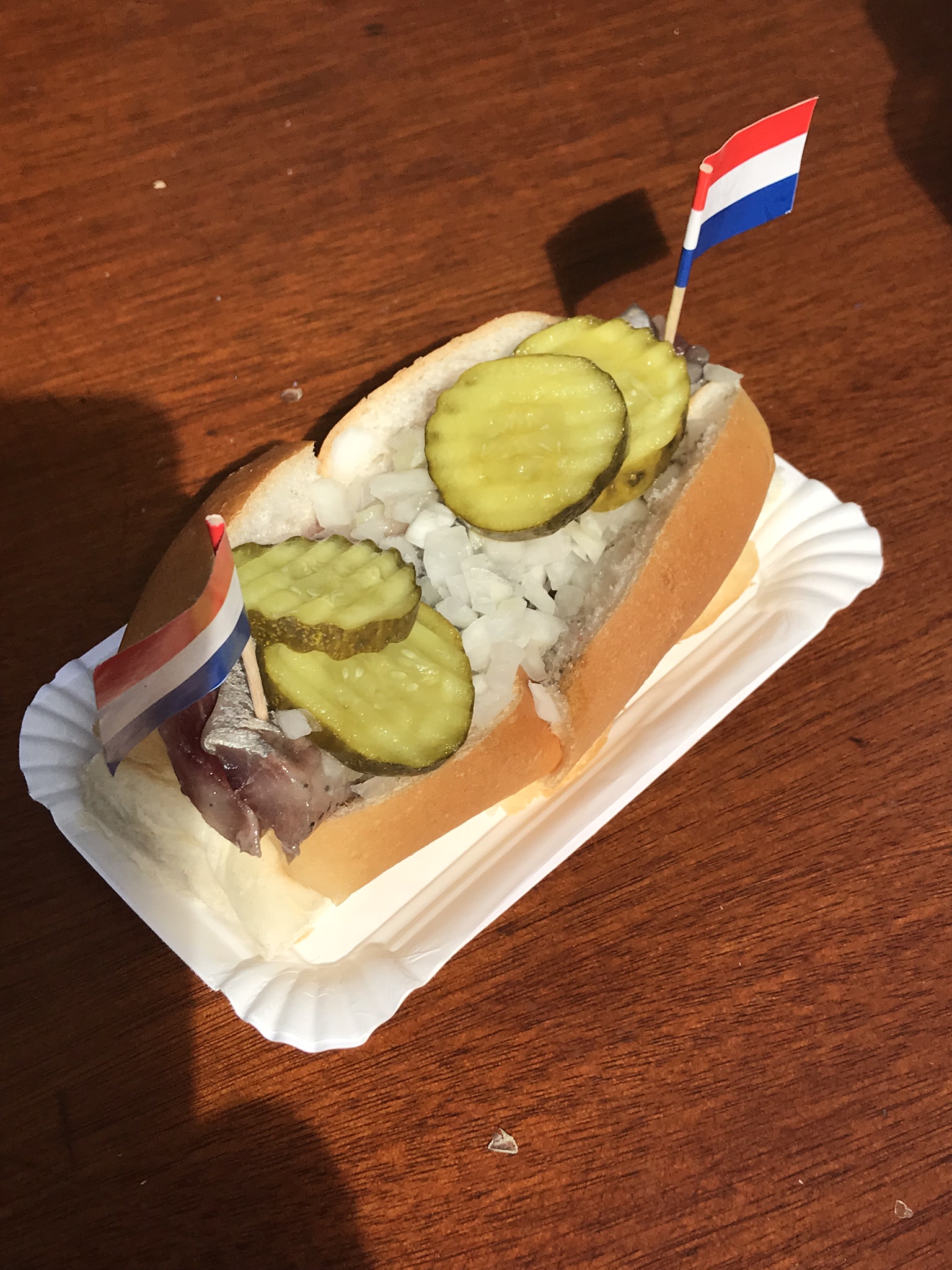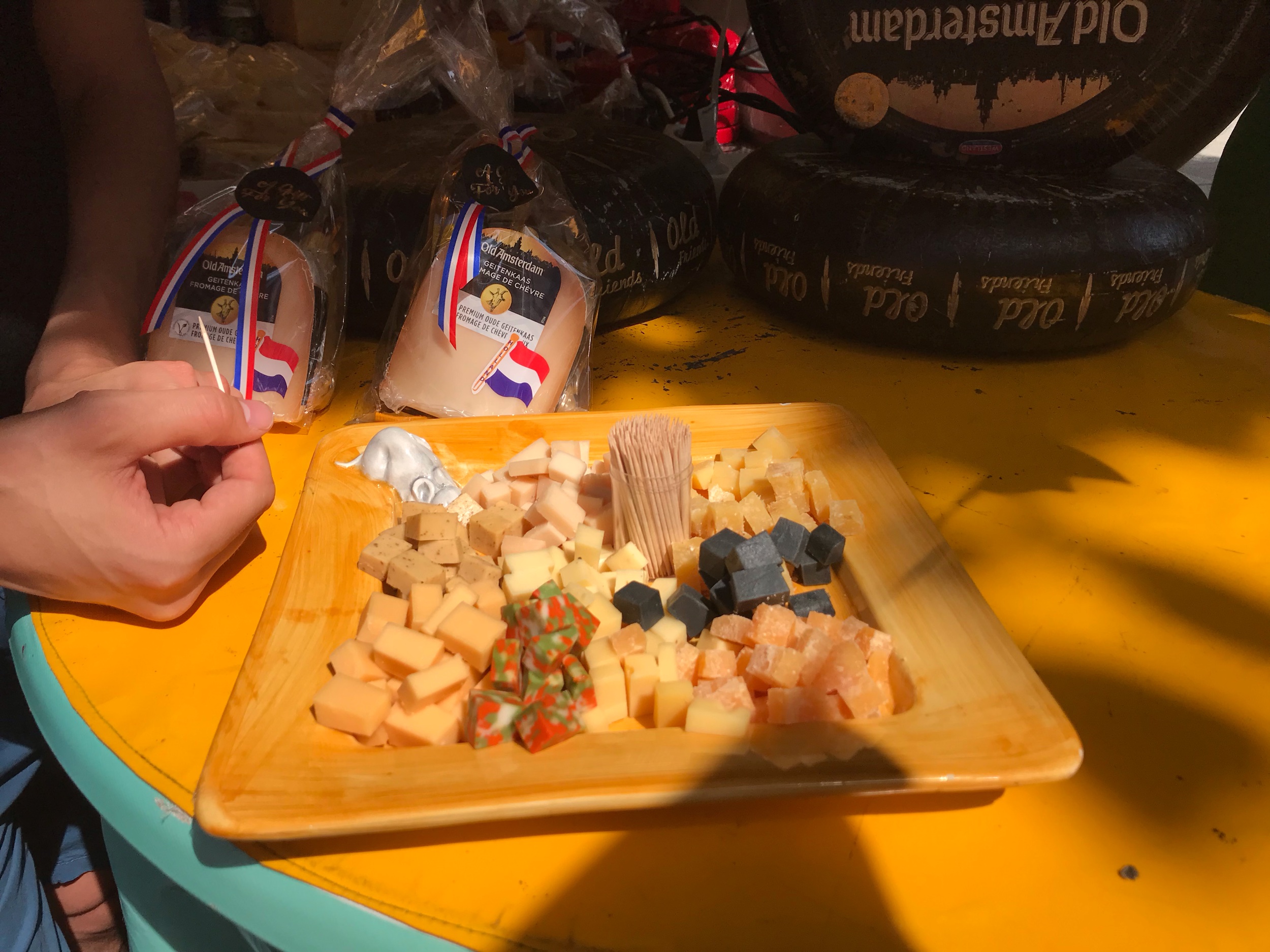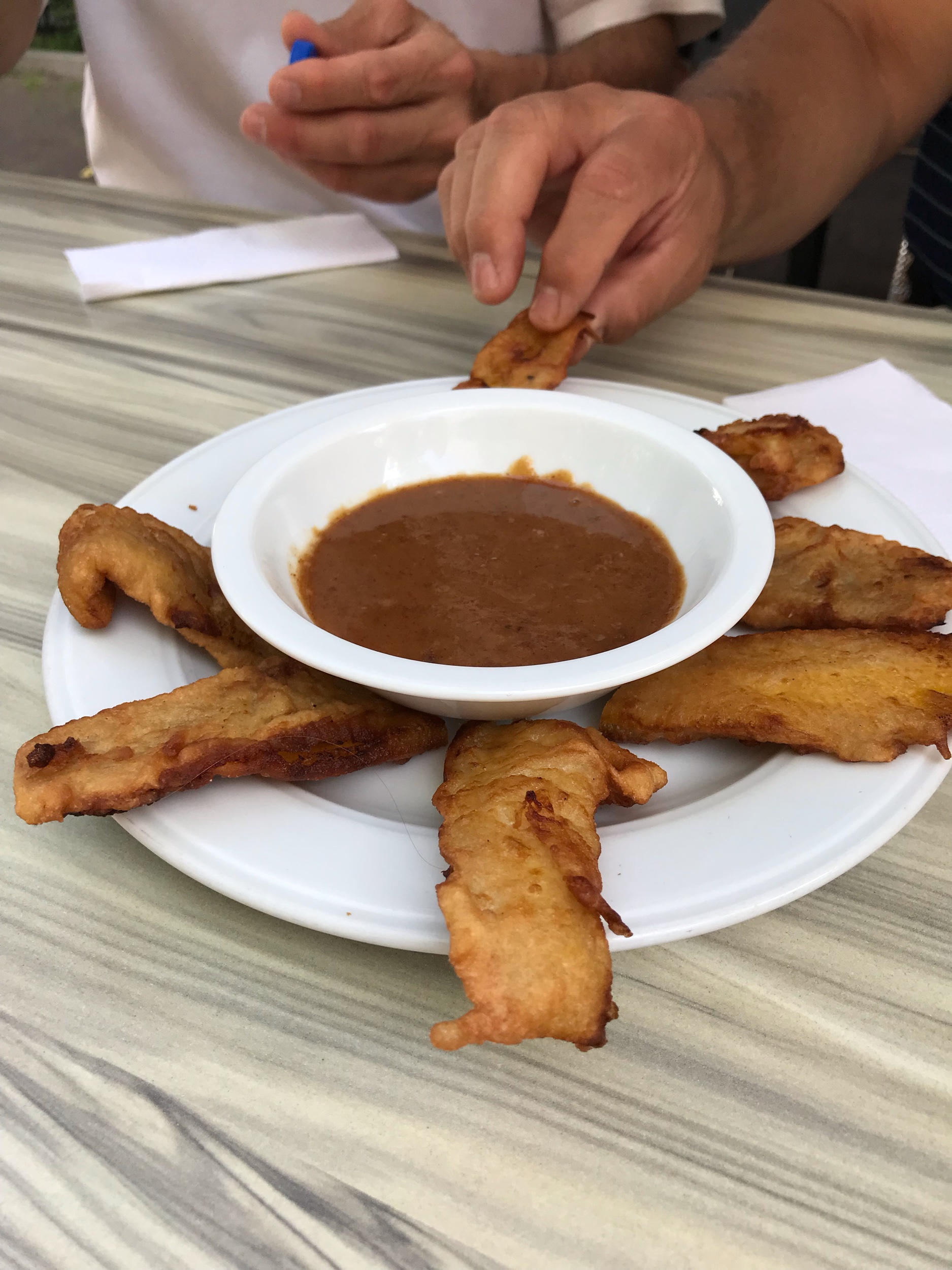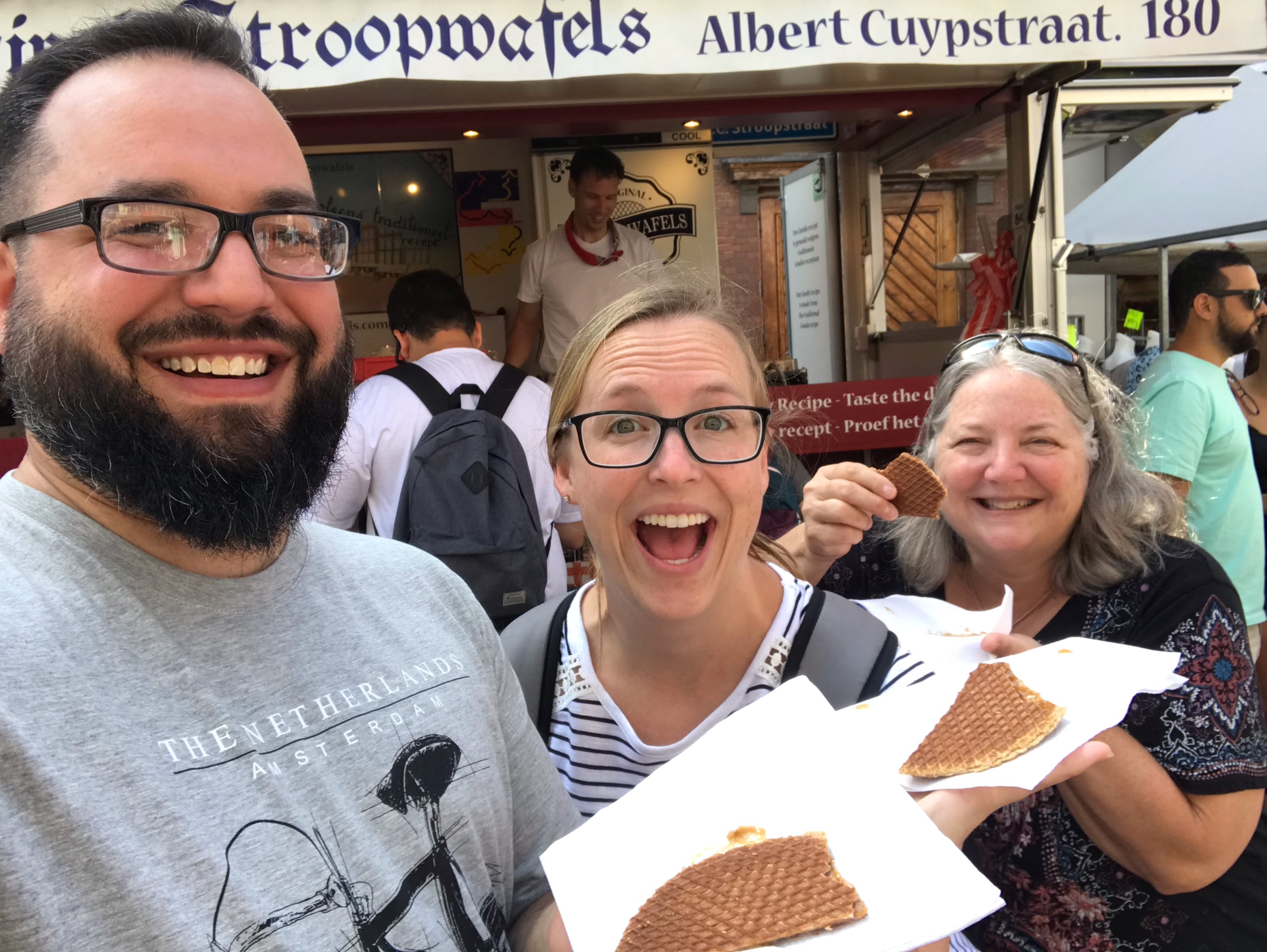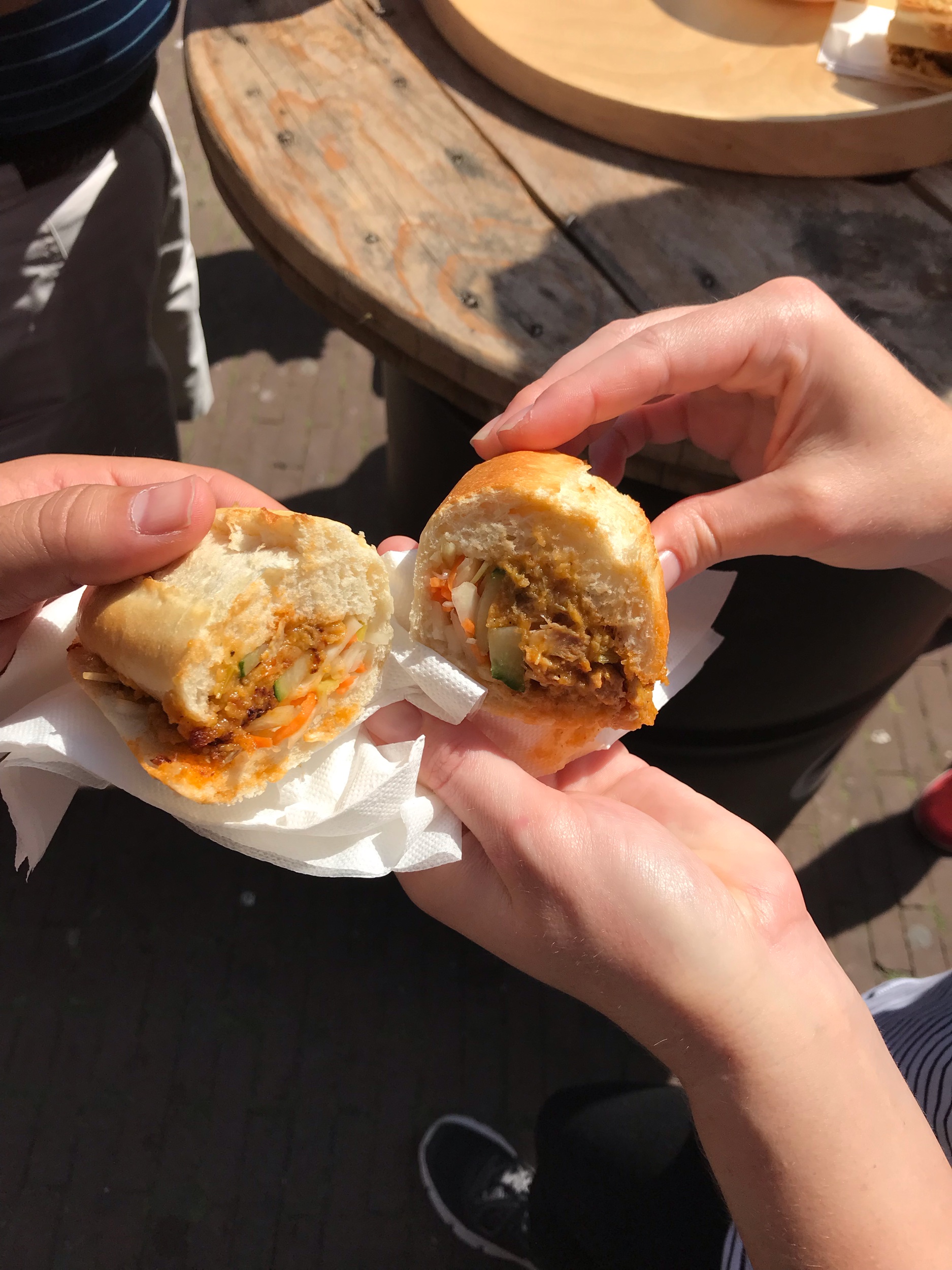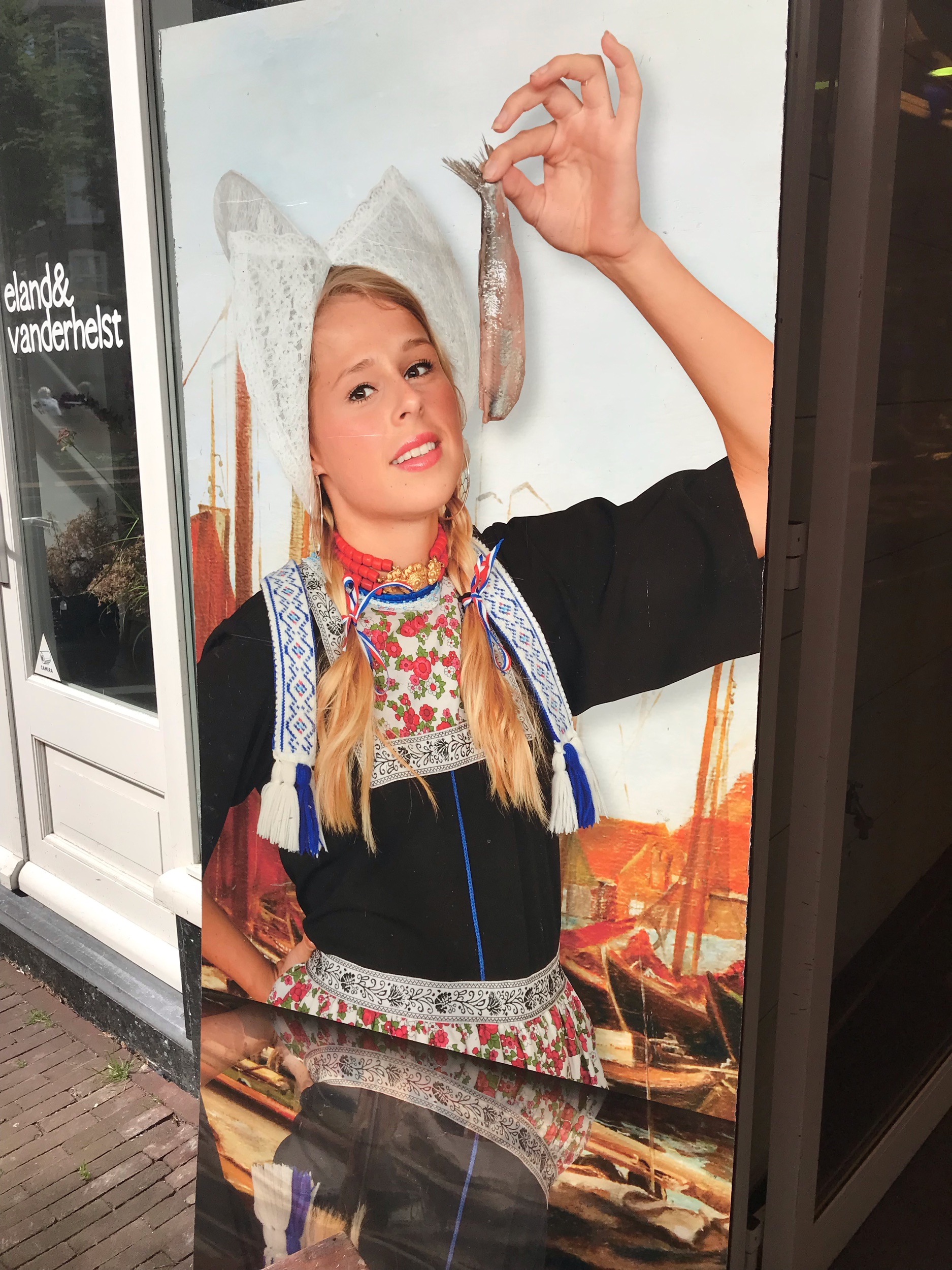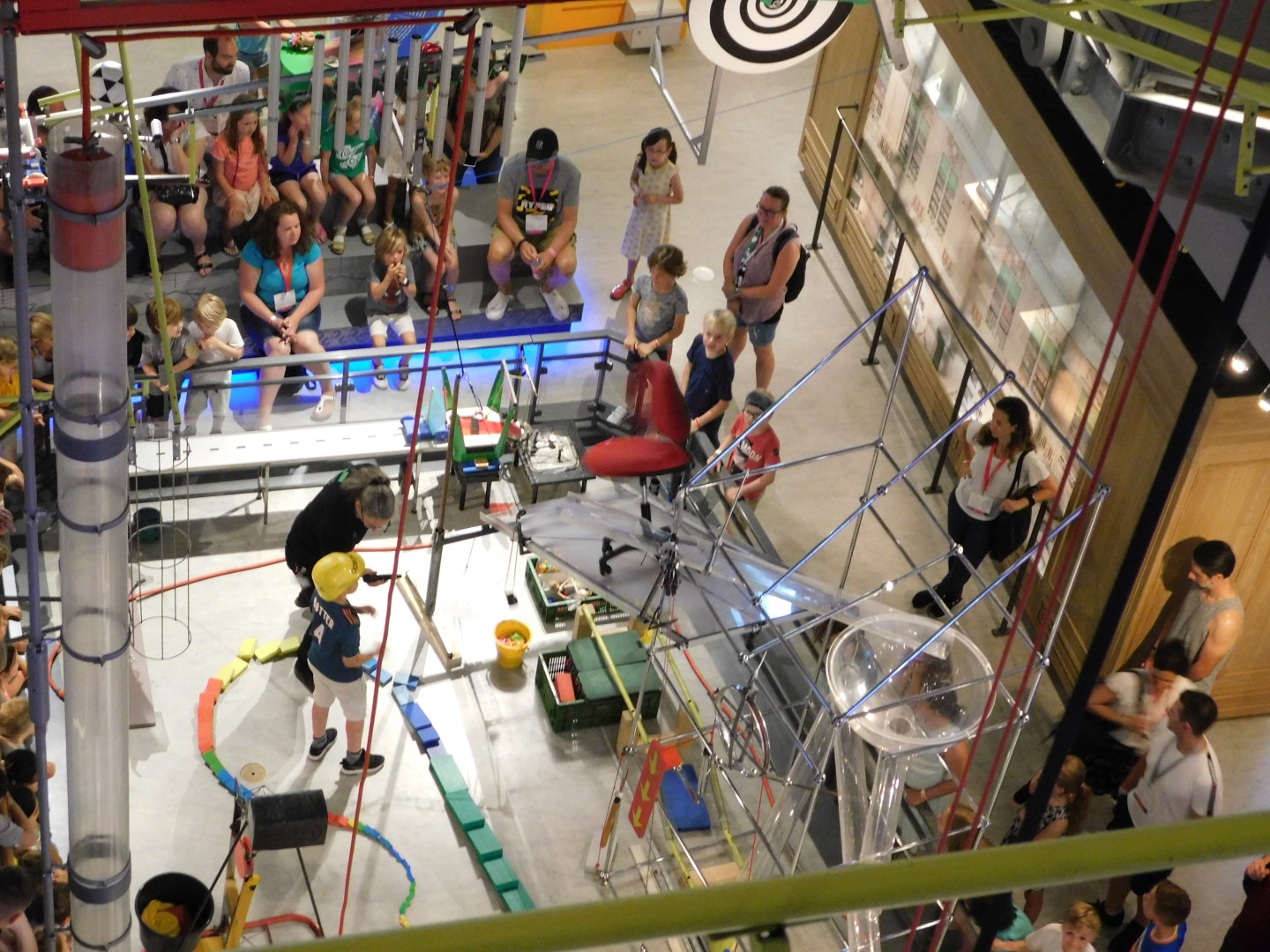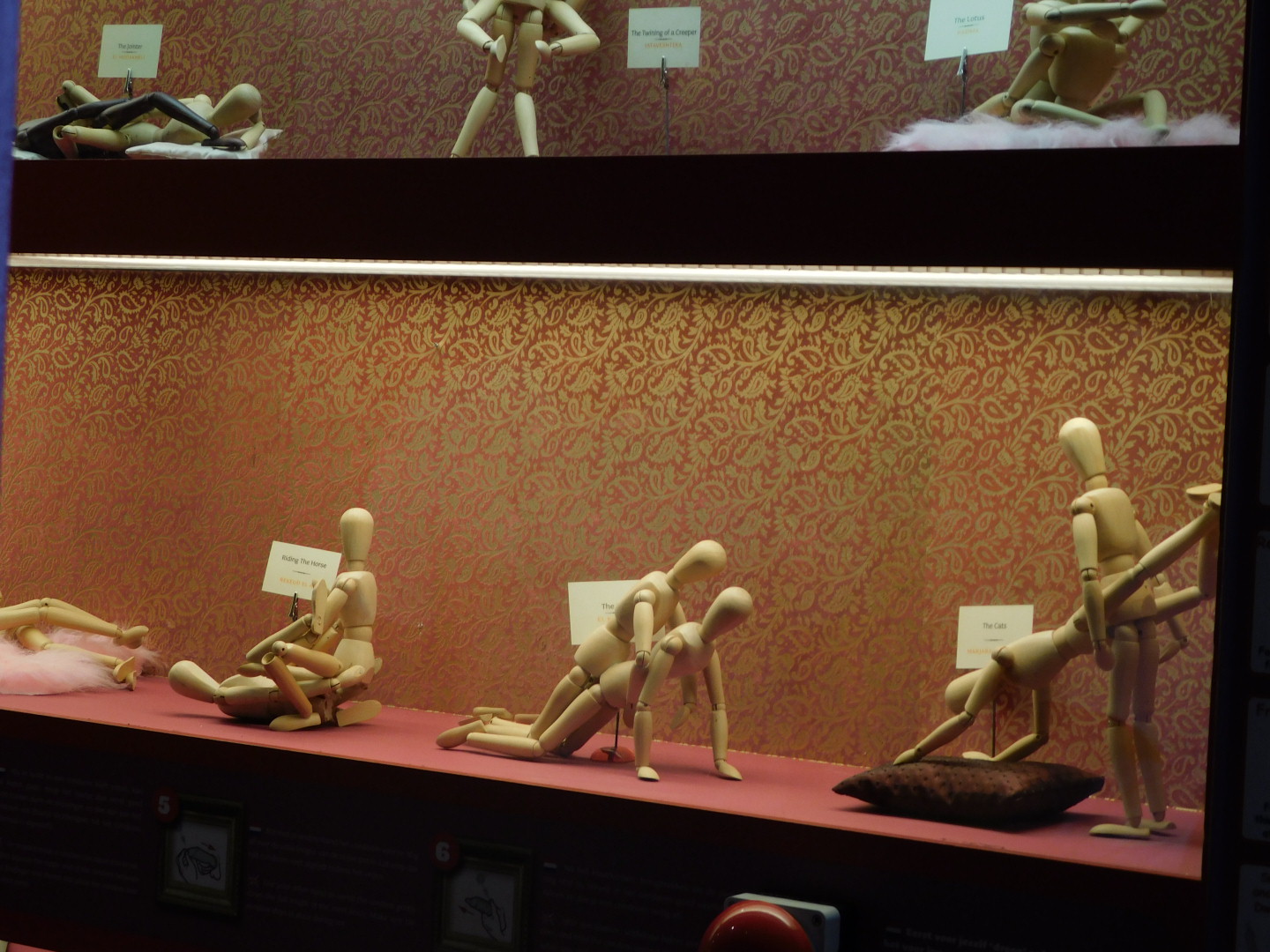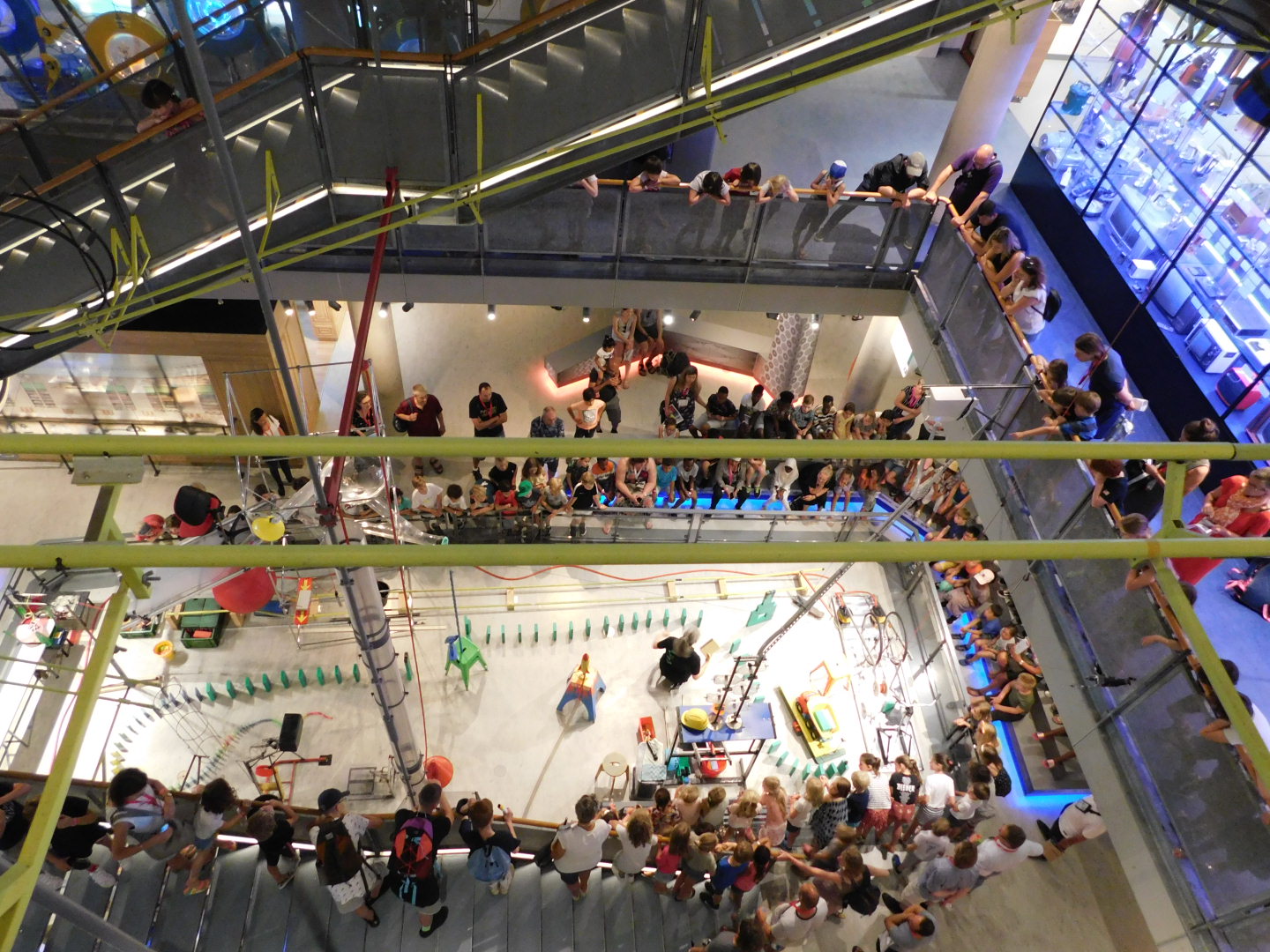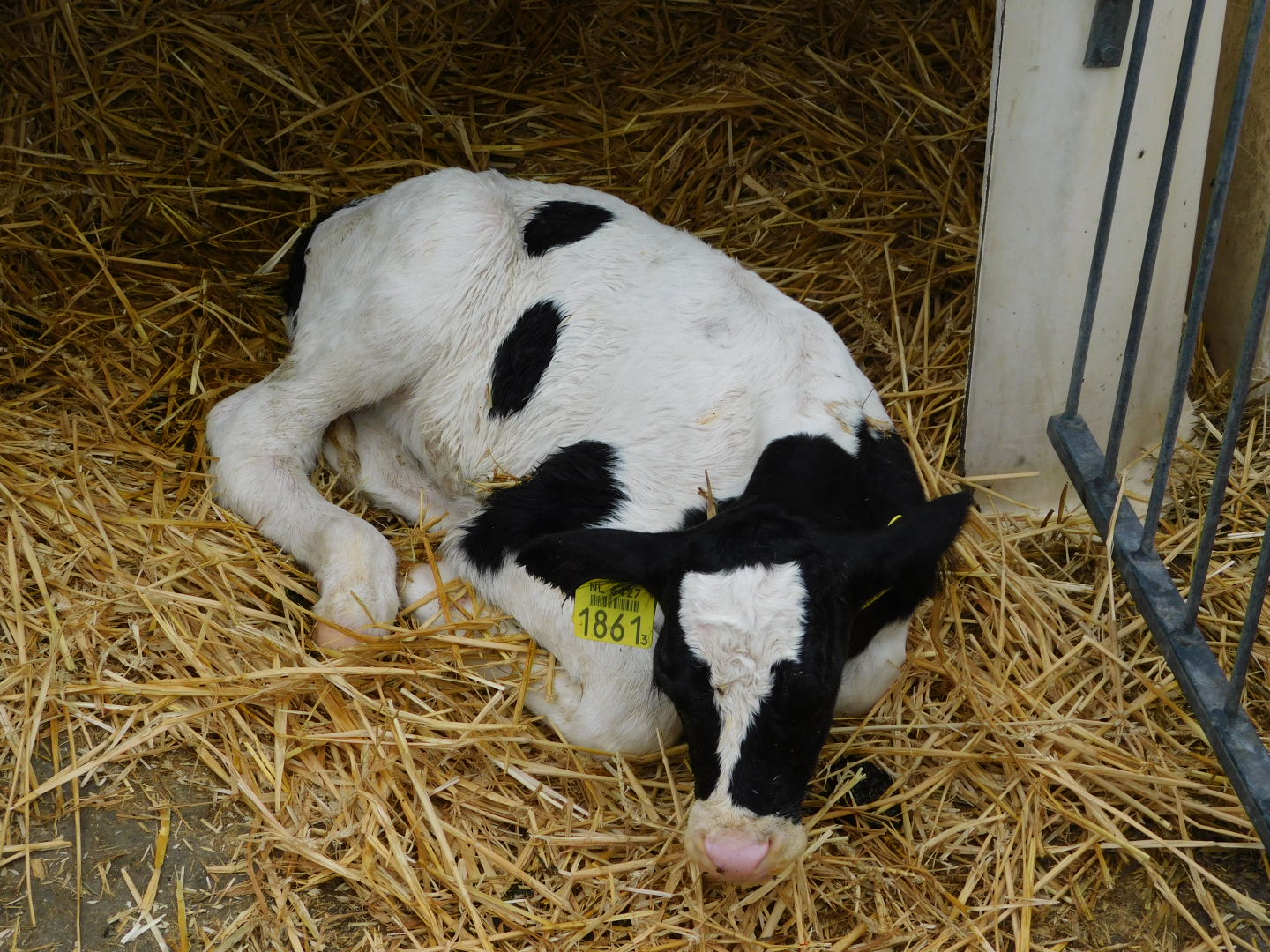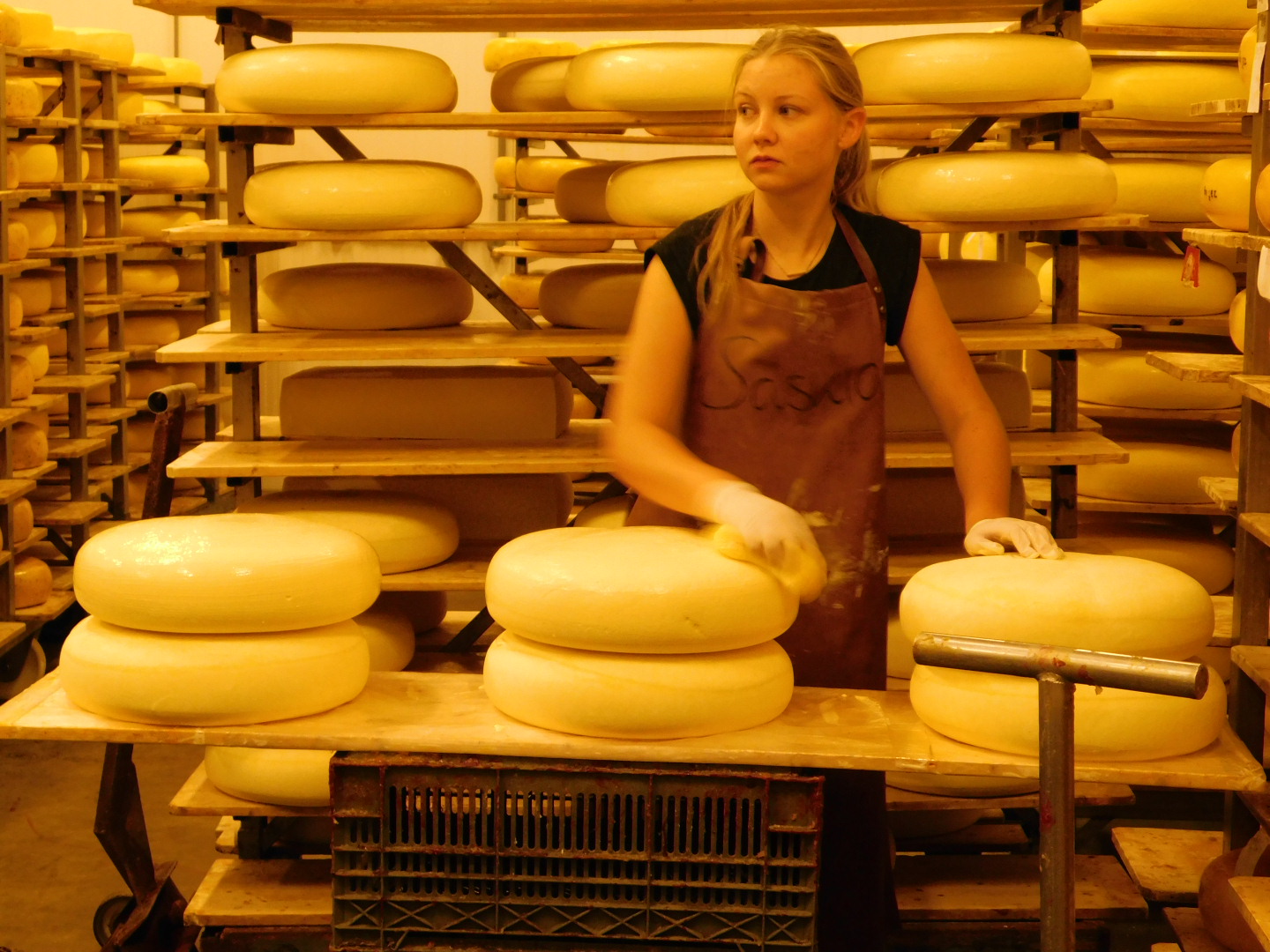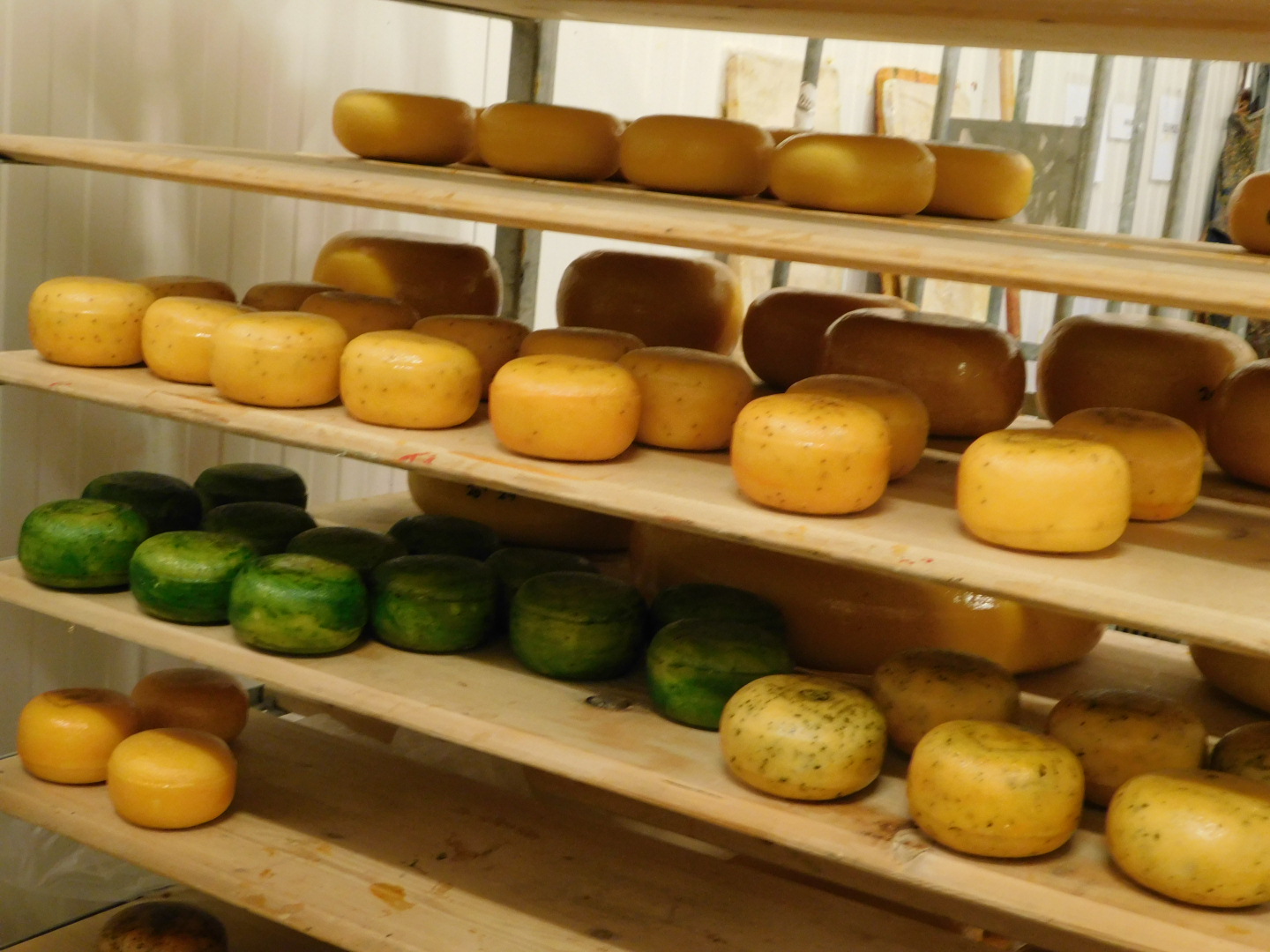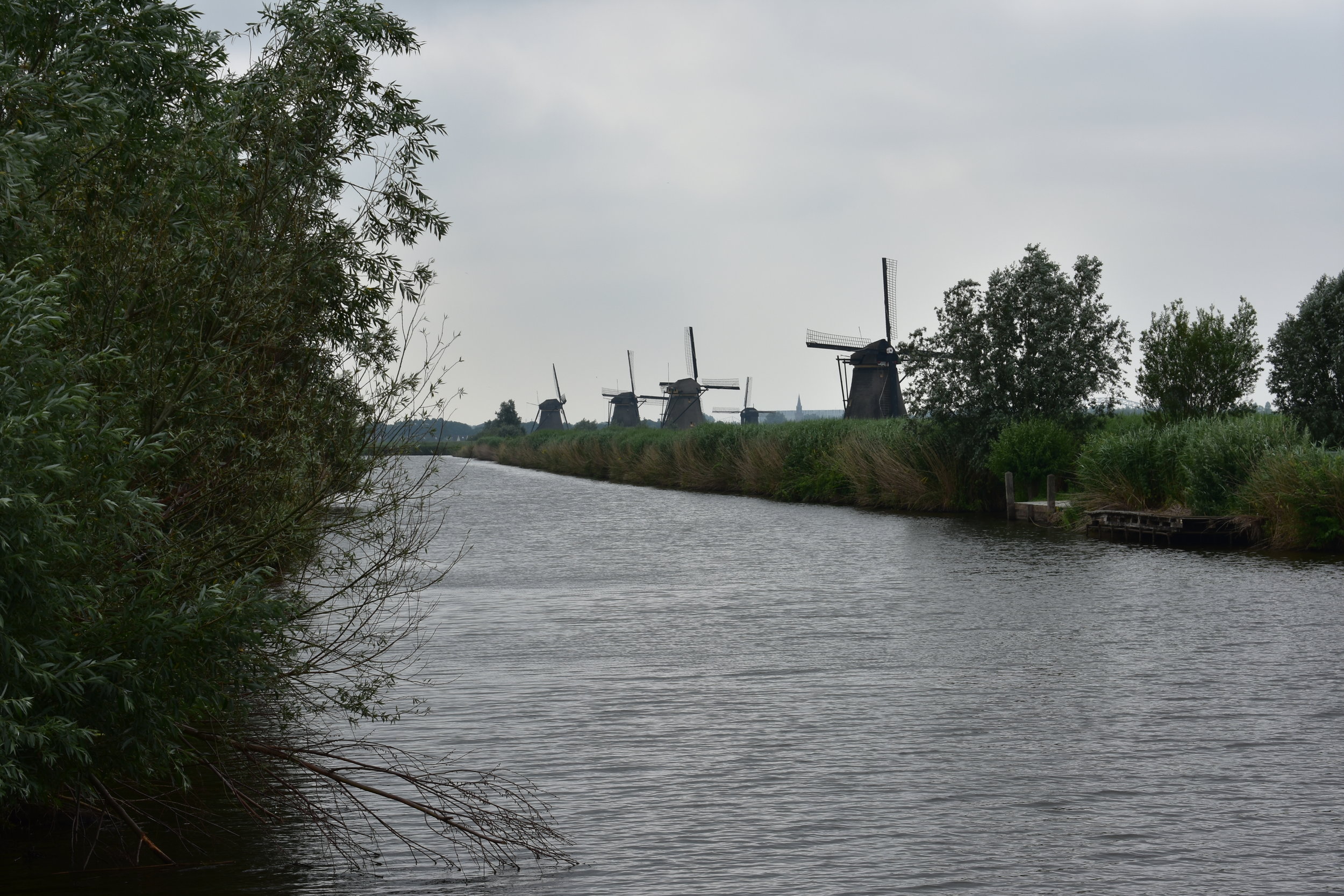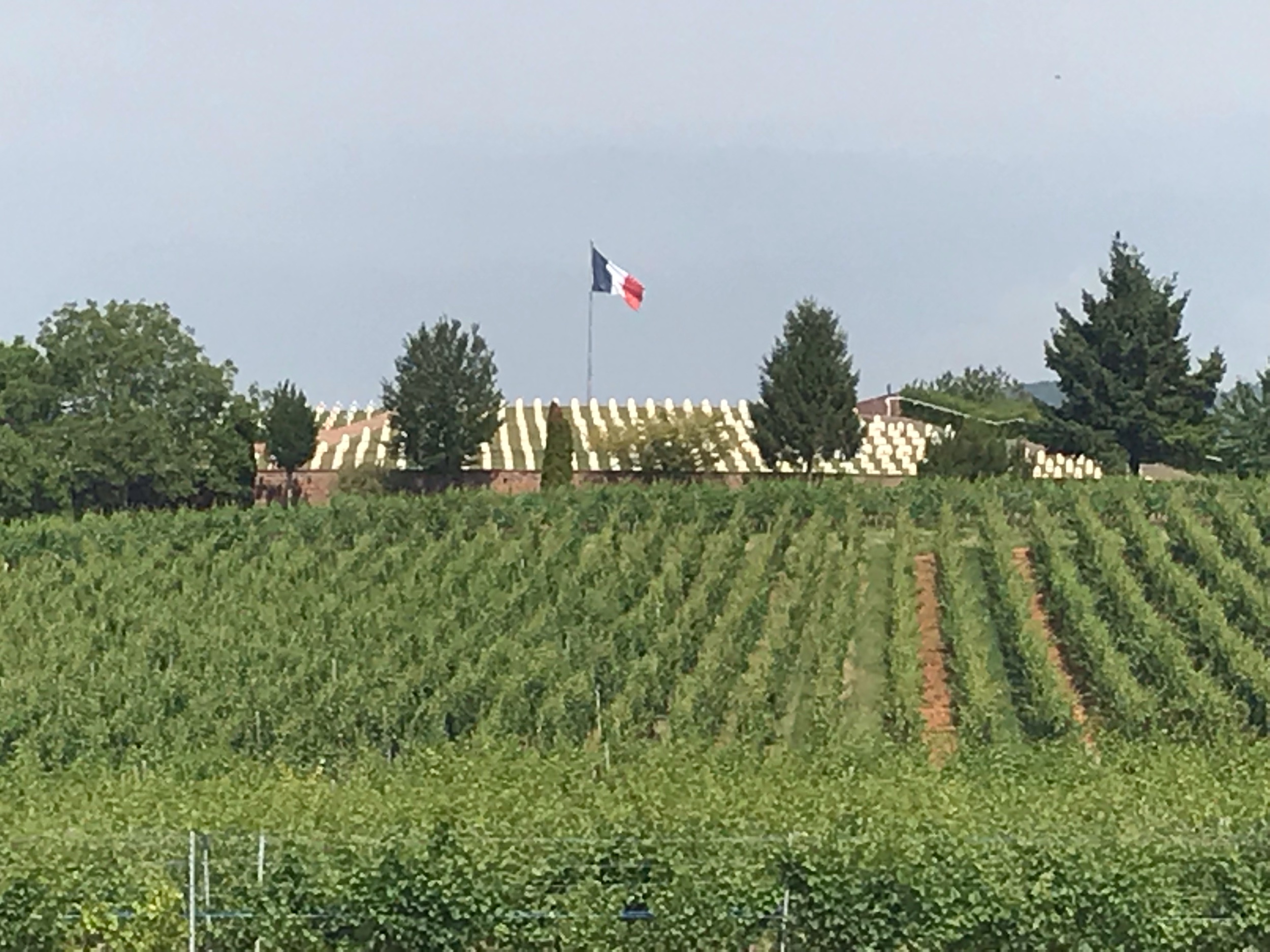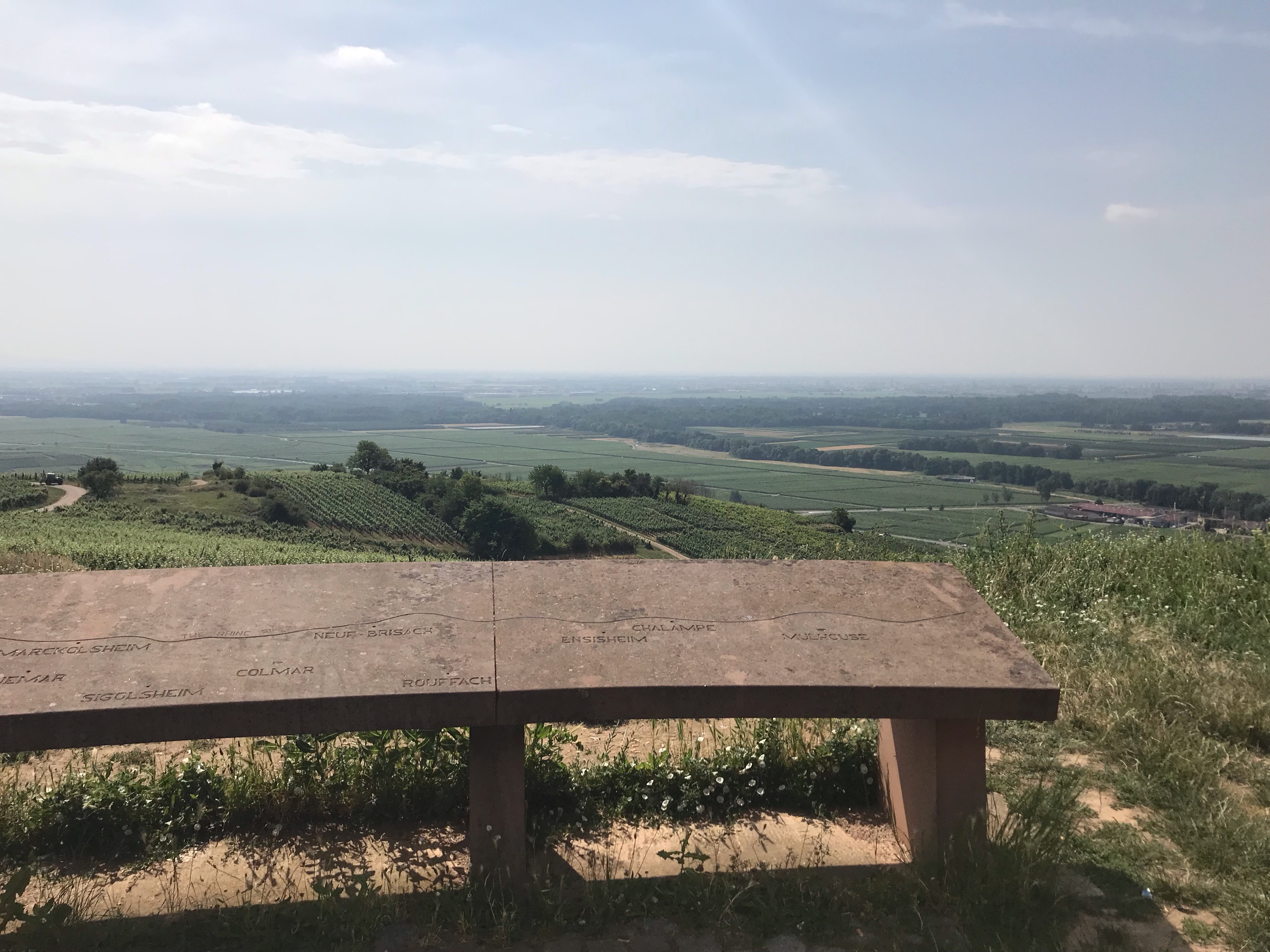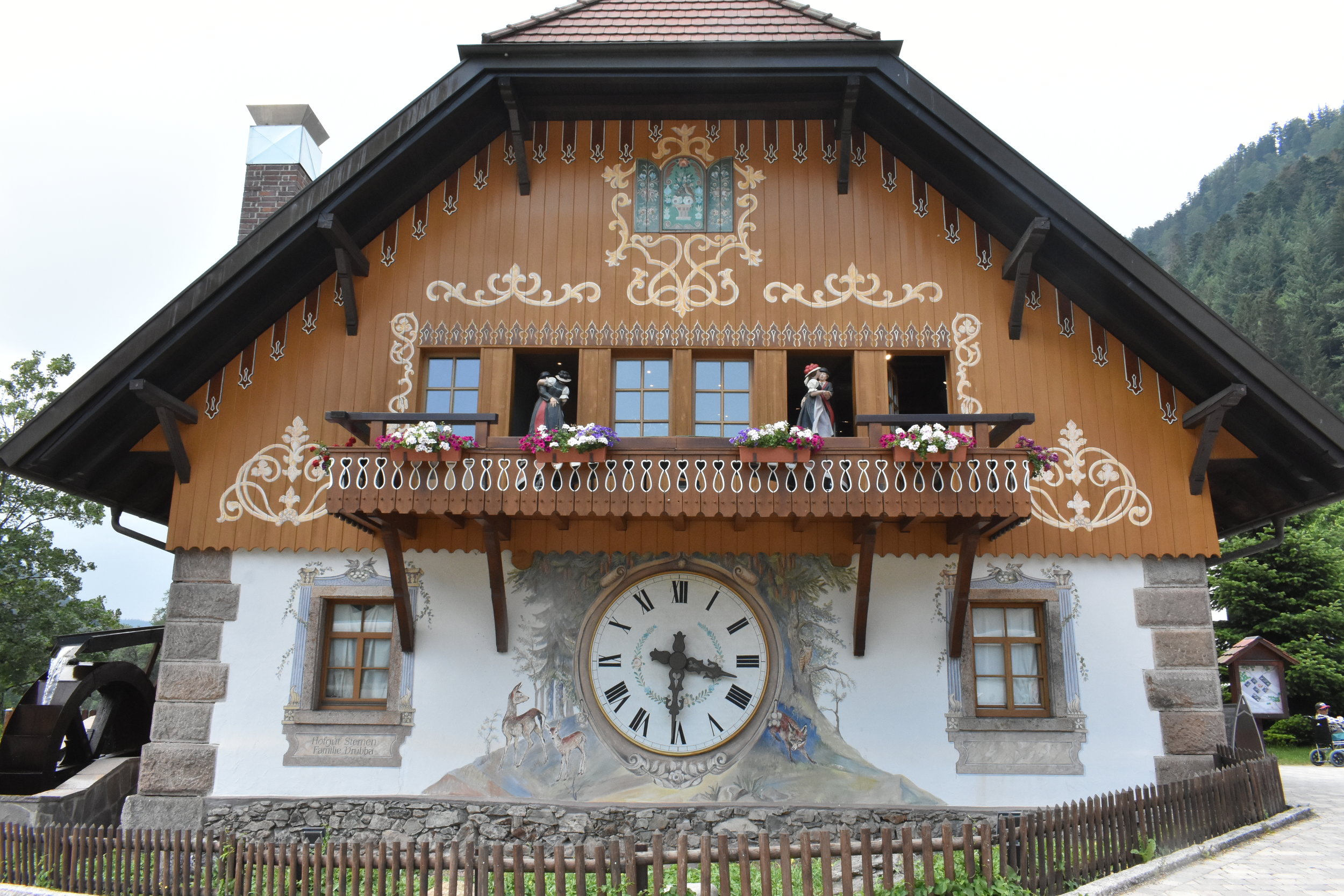Sailing the Rhine River on Viking
A river cruise has been something we’ve wanted to do since the first time we read about it, and what better river to start with than the iconic Rhine River in Western Europe. We sailed from Amsterdam, Netherlands to Basel, Switzerland and tacked about three days on to each side of the trip. We saw some pretty amazing sites during our two week vacation, and learned some pretty valuable travel lessons.
Planning and lessons learned
This trip can be reasonably split into three distinct trips, Surviving Amsterdam, the Rhine River aboard the Viking Longship Ullur, and Bumming Around Switzerland.
The planning for this trip was a little bit complicated with the multiple airline connections, transit tickets for two different regions, getting tickets for museums, and packing for a trip that took us from 7 feet below sea level to over 10,000 feet above with the daily threat of either rain or record setting heat. Missed connections, rerouted flights, cancelled flights, delayed luggage, scorching heat, and a festival that nearly shutdown a city made for some interesting travel lessons. (International Travel)
We took advantage of local deals such as the iAmsterdam card and the Swiss Pass to easily get around and get free or discounted entry to museums and attraction. We packed like hikers to keep cool and give ourselves options. We had multiple languages to contend with and went from some areas where English was widely spoken, to others where it seemed very hard to find.
Surviving Amsterdam
Now on to the trip, we landed in the great city of Amsterdam and set out to find our hotel, we were missing our luggage so that made the walk a little easier, but it turned what should have been three days of sight seeing and fun into Survivor Amsterdam.
The mass transit system in Amsterdam made getting around a breeze, over the course of our stay we utilized trains, trams, and buses but there were also ferries that were easy enough to figure out. We learned very quickly that the pedestrians do not have the right of way in Amsterdam, that distinction goes to the bikes. There are more bikes in Amsterdam than people with somewhere around 20,000 of them being fished out of the canals every year. Someone on our cruise was even hit by a bike, most of them have bells to alert you when they are approaching, but in Amsterdam they use them to signal their dominance over the path and to celebrate a fresh hit (according to one of our guides). We had to keep our heads on a swivel, one extra step off of a tram platform and you’re right in the path of a herd of bikes.
Because our bags were still trying to catch up to us, we got to explore the shopping a little more than we expected to, there are several shopping options hiding in the old buildings of the Binnenstad neighborhood, everything from a 7 story shopping complex to the typical souvenir street shops. New packs of underwear, socks, and Amsterdam t-shirts later, we were ready to hit the street!
Our first full day of exploring took us to the Anne Frank House, the Cheese Museum, the Tulip Museum and the Red Light District. The Anne Frank House is not to be missed, but get your tickets online and get them early, don’t expect to be able to just walk up on the day of. If you get there early and need something to do, the Cheese and Tulip Museums are free with the iAmsterdam card and are just across the pedestrian bridge, the Cheese museum has a number of free samples. The Red Light District can be surprisingly hard to find, it’s actually a parallel block from where some maps will lead you, so if you don’t see the iconic red light fixtures, then keep looking. It’s certainly worth a stroll but don’t be gawkers, folks are there trying to make a living after-all.
On the second day we went on a food tour, this is something we try to do wherever we go, just being able to interact with some locals and understand the food and how meals are taken can often times teach us things we wouldn’t have learned any other way. We learned about the traditional salted Herring (try at your own risk, see fermented shark), tried some locally made cheese, stopped at one of the famous stroopwaffles stands, and explored some Dutch colonial dishes from Suriname and the West Indies. Several of the stops were along the Albert Cuyp Market that is put up and taken down six days a week (closed Sunday), people in Amsterdam don’t have large refrigerators or freezers, they stop at markets like this on their way home every day. We went through Street Bites and had Guy as our guide, he was great and we really enjoyed ourselves. Afterwards, we took one of the canal tours that’s included with the iAmsterdam card and then we finished the day at the Van Gogh museum.
At the 11th hour (literally, 11:30 pm on our last night in Amsterdam) our bags arrived. Not having the stuff you packed can really put a damper on a trip, we will be packing a little differently in the future to try to prevent this from happening again.
On our last day in Amsterdam we stopped by the NEMO Science Museum, another freebie with the iAmsterdam card, this museum is geared more towards kids, but it had a European maturity towards some topics that Americans consider a little taboo. It was a lot of fun and provided some pretty good views of the city from their rooftop seating area that hosts concerts during the summer. I’m not sure I would have paid for it outright, but it was a nice throw in with the iAmsterdam card.
The Viking longship Ullur
The Netherlands
This was our first river cruise and we got to take it on one of Vikings newest longships. If you’re interested in what we learned about river cursing with Viking, you can check out write up. (Viking River Cruising)
The first stop on our cruise was the town of Kinderdijk. We took the optional excursion, which was a trip to a cheese farm, so we actually got off the boat in Rotterdam first. The trip by coach to the farm was scenic and the farm itself was a family owned dairy farm that decided to start making their own cheese. They walked us through the whole process from milk to cheese slice, we got to meet the farmer, see his herd, and hang out with two dogs that look like they have had their fair share of cheese.
Back on the coach we made our way to the windmill town of Kinderdijk, a UNESCO world heritage site with nineteen functioning 18th century windmills that were once used to pump water out of the area. Seventeen of these are still occupied by “Millers” that actually live in and run the windmills, two of them are museums. We got to go up into one of the museum windmills, which is still setup as it would have been two hundred years ago.
Germany
We arrived in Cologne on our second full day and had an included walking tour on our agenda for the morning hours. The city was pulverized during the Second World War, but city leaders wisely had the glass removed from the city’s most recognizable feature, the Cologne Cathedral. This decision spared it from the air blast of accidental bombings from the air as allied forces attempted to destroy the rail yard next door. The Cathedral is said to house the remains of the biblical Three Kings but it’s behind a locked gate and difficult to see from a distance. We learned about the good side and the bad side of the river (as most river cities have), and how each side feels about one another. We also learned about some of the deep rooted animosity between the Germans and the French, highlighted by the fact that the French are responsible for all the destruction of German cities and fortifications on the Rhine. I’m sure one day when we make it to France, we’ll hear similar stories in reverse, making their current relationship all that more impressive. We even got a chance to stop by a local hidden attraction, the Tunnes and Schal statues, and we rubbed the nose and stood on the shoes for luck!
We headed out on our own after the tour and visited the Cologne Chocolate Museum, a must if you have an hour or so to spend, there are free samples and a whole mini-assembly line to walk through.
After dinner we walked across the Hohenzollern Bridge with it’s estimated 80,000 love padlocks. Not sure if this is where the tradition began, but we’re told it is the biggest example of it.
Our second day in Germany took us first to Marksburg Castle, the only unconquered fortress on the Rhine and it’s not hard to figure out why. Set on the top of a large hill overlooking the town of Braubach, it’s an imposing site. Our tour took us through the castle that also served as a prison at one time, afterwards we were able to walk back to the ship, all downhill! Boarding time was a little after noon because we had a packed afternoon of site seeing ahead of us. We cruised by over a dozen castles, forts, and ruins on our way through the Rhine Gorge. It was another hot day and seating on deck was at a premium, they don’t allow the umbrellas to be up while under way so we got a little crispy that day, but we had a great view. We stopped at Rüdesheim am Rhein, which was an undocumented stop for us to drop off a group of passengers doing a dinner tour, we did some quick searching and found a little outdoor wine bar called Weinprobierstand Rüdesheim am Rhein, which is run by a number of local vineyards that specialize in the Rieslings of this area.
Another night on the river and we woke up in Mannheim, our docking position for the coach ride to Heidelberg, a beautiful town that sits under the partial ruins of Heidelberg Castle, once the seat of power for the Holy Roman Empire. After the guided tour we did a little walking tour of our own, I drank some local beer out of a horn, and we found another good luck charm to rub.
Cruising the Rhine River Gorge
France
Our first day in France started at the German port of Kehl, our coach took us across the boarder and into the Alsace city of Strasbourg. This region has been passed between the Germans and French many times and the architecture, language, and culture reflects that. Our walking-tour guide took us into the city center and through many of the highlight areas of the city, including the Petite France district with it’s river walk and picturesque layout. There were more stunning cathedrals and churches, but it was Sunday, so no tours while we where there. We were introduced to the storks of the region during our coach ride, I’m not sure if this is where the legend of baby carrying storks derived from, but they sure have owned it.
During the second part of the day we went on a wine tour, unfortunately, because of the heat, the tour ended up just being a coach ride around the countryside and an hour long stop at the G. Zeyssolff winery to taste their wines from the region. Due to the shorter growing season, most of their wines range from sweet to semi-dry. That evening we passed through several locks, these were the first ones that we passed through during the day and they drew quite a crowd on deck.
Our final full day on the ship consisted of three excursions that we split up to see, the ship docked at Breisach and we split the first two from there. The first was a tour of the mid-evil village of Colmar with a guide walking tour. The second excursion was a World War II tour around the Colmar pocket and a visit to the memorial of Audie Murphy, who won the medal of honor for his heroism during this battle. The afternoon tour took us back to Germnay on a coach ride through the Black Forest and we got about an hour and a half to explore Hofgut Sternen, the tourist trap towards the top of the mountain. There was a nature walk, glass blowing demonstration, a giant cuckoo clock, and plenty of souvenirs to buy.
The next morning we left our home on the water to continue our land trip. We couldn’t have asked for anything more from our time aboard the Ullur, the crew was amazing, the food was delicious, and the level of comfort and serenity left a great impression on us.
Bumming Around Switzerland
Lucerne
We disembarked in Basel and took the train to Lucerne, this wasn’t an indictment of Basel, but our priorities left little time to explore. Switzerland has a multi-day transit pass that covers trains, trams, and a number of lake ferries. We dropped our bags off at our hotel which was conveniently located right near the main train station. Lucerne didn’t appear to have as much light rail as other cities we stayed in, so it was important to be centrally located here. We started our own walking tour of the city with a visit to the Chapel Bridge and then followed the river to the Musegg Wall, an impossible to miss section of the old cities fortifications dating back to the 13th century. You can climb up some of the towers and there are three of them them, including the clock tower, that are connected so you can walk along the wall. We stopped for lunch at a Hollywood themed pizzeria and this was our first indication that Switzerland was going to be just as expensive as we’d heard about, but we did eventually learn the ropes. (Eating in Switzerland). After lunch we decided to head towards the docks to catch one of the scenic boat rides that were covered with the transit pass. The scenic boat ride was actually a ferry transporting people to the opposite side of the lake Lucerne, something we didn’t really pick up on until we got there, but it was still a great way to see the area.
The next day we took the train up to Engelberg to catch a ride up to the top of Mt. Titlis. The weather looked like it didn’t want to cooperate, but there’s a site with cameras that will show you what the conditions are, so you don’t have to rely on weather apps that really weren’t all that reliable for us, also the gonadal rides were half-off with the transit pass. The views from the top were amazing, and the walk through the glacier cave helped make up for us missing a similar experience when we were in Iceland. We went during the peak season and there were tour groups everywhere, but it didn’t feel too crowded. All-in-all, Lucerne was a beautiful city with some pretty amazing sites and a calm atmosphere, much calmer than….
Zurich
If Lucerne was Breckenridge then Zurich was Denver. Zurich combined a feeling of old architecture with the bustle of a major city. We also happened to arrive on the eve of a once every three year festival with carnival rides, food stands, live music, and fireworks over Lake Zurich at night. Zurich has light rail everywhere so we stayed a little further away from the city center and were able to ride in for everything. On our first day we followed the self-guided tour on the city map provided by the hotel and were able to see most of the major sites. The best view in town was from the top of the 189 stair Grossmünster tower, and our favorite meal was found at Zeughauskeller, a restaurant in an old armory, we actually went there twice! There are a couple of scenic ferry rides included with the Swiss Travel Pass and there are over 1,200 fountains you can drink out of or refill your bottle from all over the city.
I think our only two complaints with Switzerland were the price of everything, and the lack of English compared to Amsterdam and Germany. There were very few signs or menus in English, and there was a general rudeness from people in the service industry, not sure if that was par for the course or if it was because we didn’t speak German or French. We were able to decipher enough words to get by and the Google Translate app with offline language packs came in handy too. We also downloaded offline maps from the city centers we were going to be staying in and that came in very handy.
We saved our sweetest tour for our last day, as we embarked on a chocolate tour hosted by Street Bites and it took us to 6 different locations around town to try artisan chocolates, gummies, gelato, and cup cakes, which are a new thing in Zurich.
our trip
We had a great time on our land and river trip through Western Europe, even with missed flights, lost luggage, sweltering heat, expensive food, and a little culture shock. We really enjoyed river cruising and have already started to figure out when we’ll do our next one, we hope you enjoyed the story!
